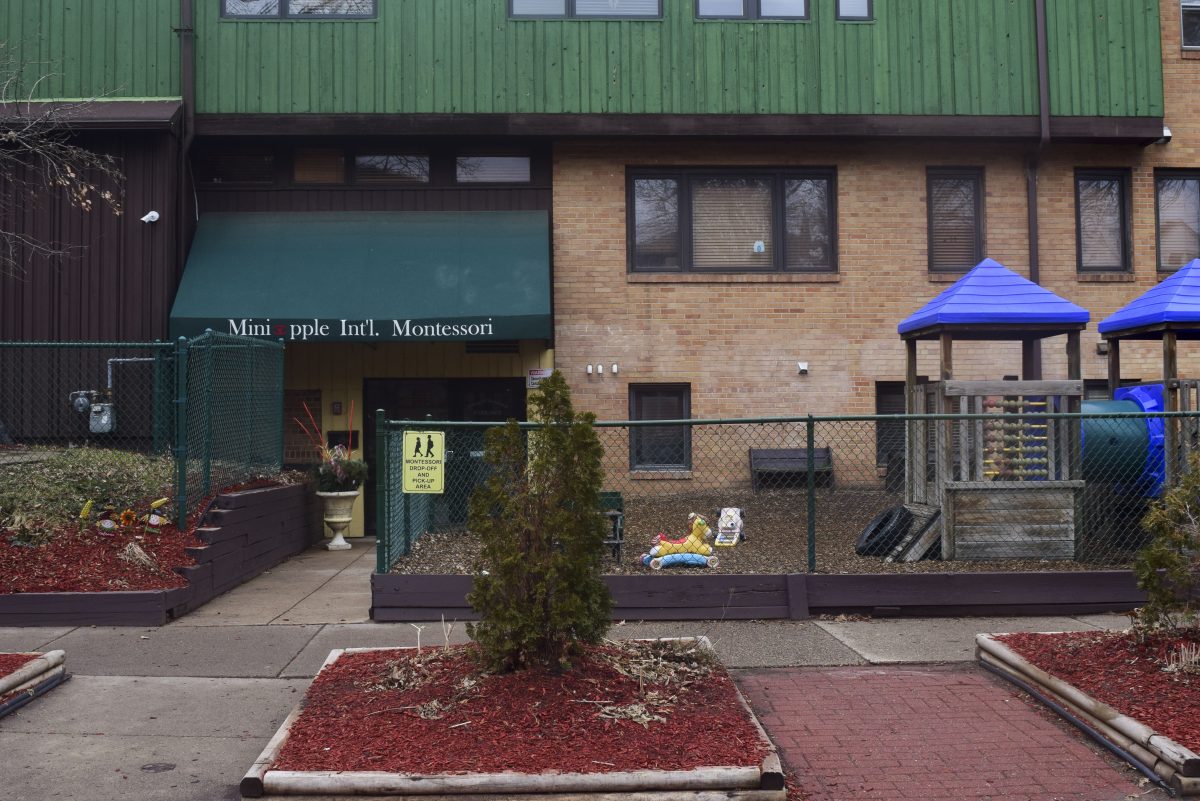Neighborhood associations around the University of Minnesota are making it easier to join and vote after concerns that some residents were excluded.
The neighborhoods have wrestled with student engagement in the past. The city told associations last July they had to relax their bylaws in order to keep receiving city funds.
Last month, the Marcy-Holmes Neighborhood Association removed a bylaw that made new members wait a month before voting or making motions at meetings.
In a letter to the neighborhood last year, the city asked Marcy-Holmes to remove the bylaw because officials were concerned it discouraged participation.
“In Marcy-Holmes’ defense, they saw that as a way of making the logistics easier,” said Stacy Sorenson, a Minneapolis neighborhood support specialist.
Even though she didn’t think the bylaw deterred residents, MHNA President Cordelia Pierson said the change should encourage more student involvement. But projects for the community, like improving public safety, would have the same effect, she said.
“People get involved in things that have an impact on their lives,” Pierson said.
Marcy-Holmes residents used to have to wait a year to become association members. But after the bylaw changes, the waiting period is now six months.
Urban studies senior and MHNA member
Shannon Evans said the old system wasn’t a problem because new students are “a little more concerned about other things going on in their life” when they start college and probably won’t join a neighborhood group during their freshman year.
The association has two board seats open for student representatives. Chris Meyer, a former Minnesota Daily columnist, held one of those seats two years ago and was recently elected to the board.
Meyer said students have asked the association to change its annual elections from June to October, when more students are in the area. But so far, officials haven’t budged.
“They’ve been actively working to try to keep students out,” Meyer said.
But Doug Carlson, the association’s former president, said they never received a formal proposal to change the meeting date. If they had, he said, they would have considered it.
Getting students involved has always been tough for the neighborhood, Carlson said, and the new bylaw changes are appropriate because they’ll remove a barrier to entry.
“I think that’s long overdue,” he said.
In its most recent funding cycle, the city gave about $450,000 to the four neighborhood associations surrounding the University. Several neighborhood officials said city funding is important to keep their associations active.
Prospect Park East River Road Improvement Association uses the funding to rent office space and hire staff, said treasurer Dick Poppele. The association could survive without it, he said, but it may have to cut some neighborhood projects.
City funding was crucial in renovating the neighborhood’s Pratt Community School in the 1990s, Poppele said.
Prospect Park’s neighborhood association removed its membership dues in April, making it easier for students to join, said University alumnus and association member Paul Zerby.
“A lot of the stalwarts of the neighborhood are people that have been doing it for a long time,” he said. “We’re looking to get more young blood involved.”
The Southeast Como Improvement Association elects board members in November specifically to attract more students, said neighborhood coordinator Ricardo McCurley.
“We feel like that’s the best time to catch them,” he said, “And we’re still probably going to have them at least through May.”
Computer engineering junior and Prospect Park resident Alex Lee said he’s never considered getting involved with the association.
The University feels like a community of its own, he said.
“If I was going to get involved,” Lee said, “I’d just do it through the U.”



















